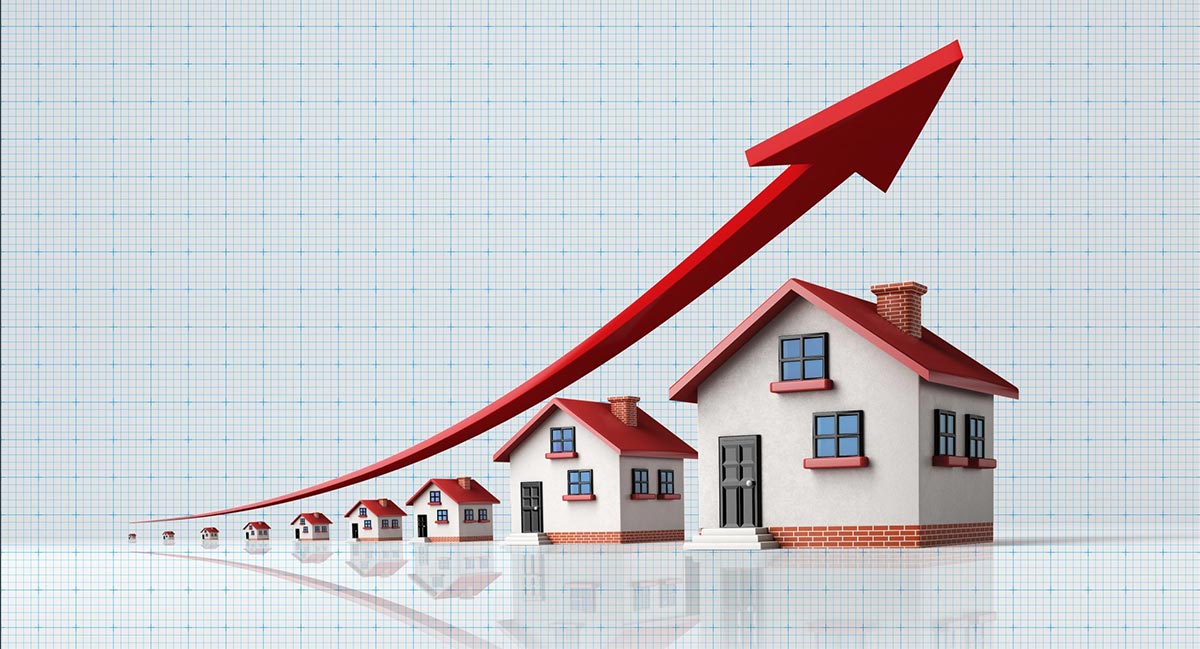
Residential real estate prices in the country have increased continuously in the last three years, as reported by the Bangko Sentral ng Pilipinas (BSP). Data showed that the Residential Real Estate Price Index (RREPI) rose from 107.6 in Q4 2015 to 111.1 in 2016 for the same quarter and finally to 117.4 in Q4 2017.
Year-on-year, prices of all types of housing units in the Philippines grew to 5.7 percent in Q4 last year from 3.3 percent in the same quarter in 2016 and 1.1 percent in Q4 2015. Quarter-on-quarter, the RREPI went up by 5.2 percent in the final quarter of 2017 – a significant rate compared to the 1.8 percent and 0.2 percent decline in Q2 and Q3 2017, respectively.
Among all the housing units, prices of duplex houses had the biggest increase at 17.3 percent in Q4 2017, followed by condominium units at 14.2 percent. Prices of townhouses likewise rose by 8.1 percent, while prices of single detached/attached houses had a slight decline at 0.3 percent. According to the BSP, no index was generated for apartments due to very few observations.
In the National Capital Region (NCR) alone, prices of all types of housing units grew at 127.6 percent in the last quarter of 2017 compared to the same quarter in the previous year. Similarly, a significant increase was seen in the prices of duplex houses at 214.8 percent. Meanwhile, the prices of condominium units, townhouses, and single attached/detached houses went up by 145.4 percent, 100.3 percent, and 77.0 percent, respectively.
As for the areas outside National Capital Region (AONCR), otherwise referred to as the provinces outside Metro Manila, the RREPI rose as well by 111.1 percent in last year’s fourth quarter. Leading the list was the 129.5 percent increase in the prices of townhouses, followed closely by the rise in prices of condominium units at 129.4 percent. On the other hand, duplex and single detached/attached houses went up by 109.7 percent and 107.5 percent, respectively.
The RREPI is an indicator of change in the prices of residential properties in the Philippines over a period of time. It is based on the data generated from the Bank Quarterly Report on Residential Real Estate Loans (RRELs) submitted by all universal/commercial banks and thrift banks to the BSP. This report covers residential real estate loans granted by banks to individual households to finance acquisition of housing units and land/lots.
The BSP provided that 80 percent of the residential real estate loans in Q4 2017 were for the purchase of new housing units:
- 52.8 percent of which were for the acquisition of condominium units,
- 39.5 percent were for single detached/attached houses, and
- 7.3 percent were for townhouses.
In terms of region, 52.6 percent of the total number of residential real estate loans in Q4 2017 were from NCR. Loans granted in AONCR during that period are as follows: CALABARZON (23.6 percent), Central Luzon (6.4 percent), Central Visayas (4.7 percent), Western Visayas (4.7 percent), Davao Region (2.8 percent), and Northern Mindanao (1.6 percent). All in all, this percentage accounted for 96.4 percent of total housing loans granted by banks.
Bank Financing at SubNet Construction
As a builder, we do accept bank financing for the houses that we build. So if you will have your house built by us, especially if you are an Overseas Filipino Worker (OFW), we can assist you in processing your construction loan from the bank by getting the required documents, coordinating with the bank representative, and monitoring the process of your loan. Interested to know more?
Together, let us design dreams and build realities!